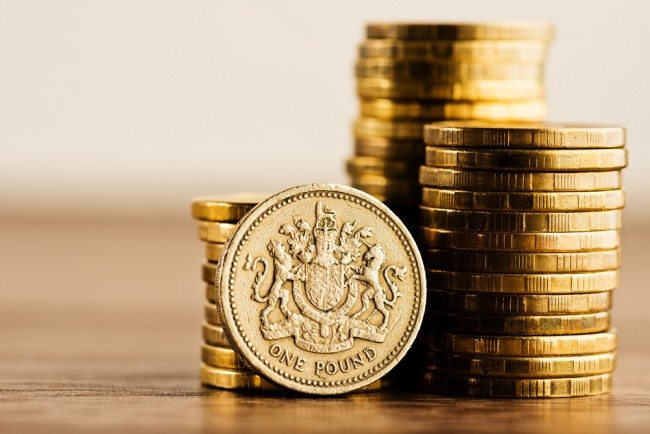The headline figures are impressive, but growth was rather narrowly based. It depended heavily on large exchange rate gains, and a stronger-than-expected rebound in BHP Billiton’s pay out. Meanwhile, a steep decline in special dividends took the shine off the headline rate.
Overall, UK dividends rose 9.5 per cent year-on-year in the first quarter on a headline basis. The £15.4bn total came despite a 90 per cent decline in special dividends to just £110m, their weakest quarter in almost six years. After the huge haul of specials in 2016, a normalisation this year was on the cards. Even so, the fall in the first quarter was twice as large as expected, and knocked five percentage points off the headline growth rate.
Exchange rate factors easily offset the special-dividend effect, however. The first quarter is the most heavily skewed towards dividends declared in foreign currencies, accounting for three-fifths of the total distributed, compared to a little over two-fifths for the year as a whole. The pound’s weakness yields exchange rate gains when UK multinational profits earned overseas are repatriated and paid out in dividends. Over the quarter, exchange rate gains added £1.7bn to the total, equivalent to an astonishing twelve percentage points on the headline growth rate. Moreover, an energetic return to form by BHP Billiton, which had cut its dividend deeply in 2016, single-handedly accounted for 3.5 percentage points of the headline growth rate.
On an underlying basis, which excludes special dividends, the year-on-year increase was a dramatic 16.2 per cent, taking underlying dividends to a first quarter record of £15.3bn. Without the combined effect of foreign exchange movements, and the unexpectedly large boost from BHP Billiton, however, underlying dividends would have fallen slightly year-on-year, indicating that sustained, core growth is still hard to come by.
Of the main industry groupings, oil, gas and energy, resources and commodities, consumer goods & housebuilding, and telecoms performed best. Retail & consumer services and healthcare & pharmaceuticals fell, mainly owing to lower special dividends. At the more detailed sector level, 11 sectors out of 17 paid more in Q1 this year than last.
The top 100 benefited disproportionately from exchange rate gains, reflecting the multinational nature of their operations. Of the 16.8 per cent increase in underlying top 100 payouts, nine-tenths was down to sterling’s weakness, indicating that growth on a constant-currency basis was less than two per cent. All of that, and more, was down to BHP.
Unusually, the top 100 paid no specials in the first quarter either, so headline dividends before the effects of the pound’s fall were weaker still. The mid-caps do not have significant foreign currency payers; more than nine-tenths of mid-cap dividends are declared in sterling, so the impact of exchange rates is fairly negligible for this group. Their dividends rose 11.1 per cent on an underlying basis, and continue to show superior performance than their top 100 peers, once currency movements are taken into account.
Capita Asset Services expects underlying dividends to rise 7.7 per cent to £84.6bn this year, with three quarters of that growth coming from sterling’s weakness. This is based on the assumption that exchange rates do not change. Headline dividends will rise only 2.8 per cent to £87.1bn. This is £0.4bn lower than Capita’s earlier forecast, owing to the weaker-than-expected special dividends in the first quarter.
Justin Cooper, Chief Executive of Shareholder solutions, part of Capita Asset Services said: “UK plc delivered a record for a first quarter, at least before the big drop in special dividends was accounted for. But the sugar rush of exchange rate gains won’t leave investors feeling satisfied for long. It’s going to wear off quickly in the third quarter, unless there is a second leg downwards in the pound. That cash is of course real, at least in sterling terms, but only long-term profit growth can deliver sustainable increases in the income from shares. Unfortunately, profit growth has been rather meagre from UK plc of late.
“Global growth is picking up strongly, however, and that should spur expansion in company earnings. Dividends will benefit in concert, though they tend to lag profit growth by about six months. That bodes well for the top 100, but in the meantime, the exciting story rests with the mid-caps. They depend most on the prospects for the domestic economy, while those in the top 100 are more related to global economic trends and the exchange rate. We think the mid-caps will continue to outperform their larger counterparts this year on a constant-currency basis, while the top 100 will lose the shine sterling’s weakness has burnished them with.”


